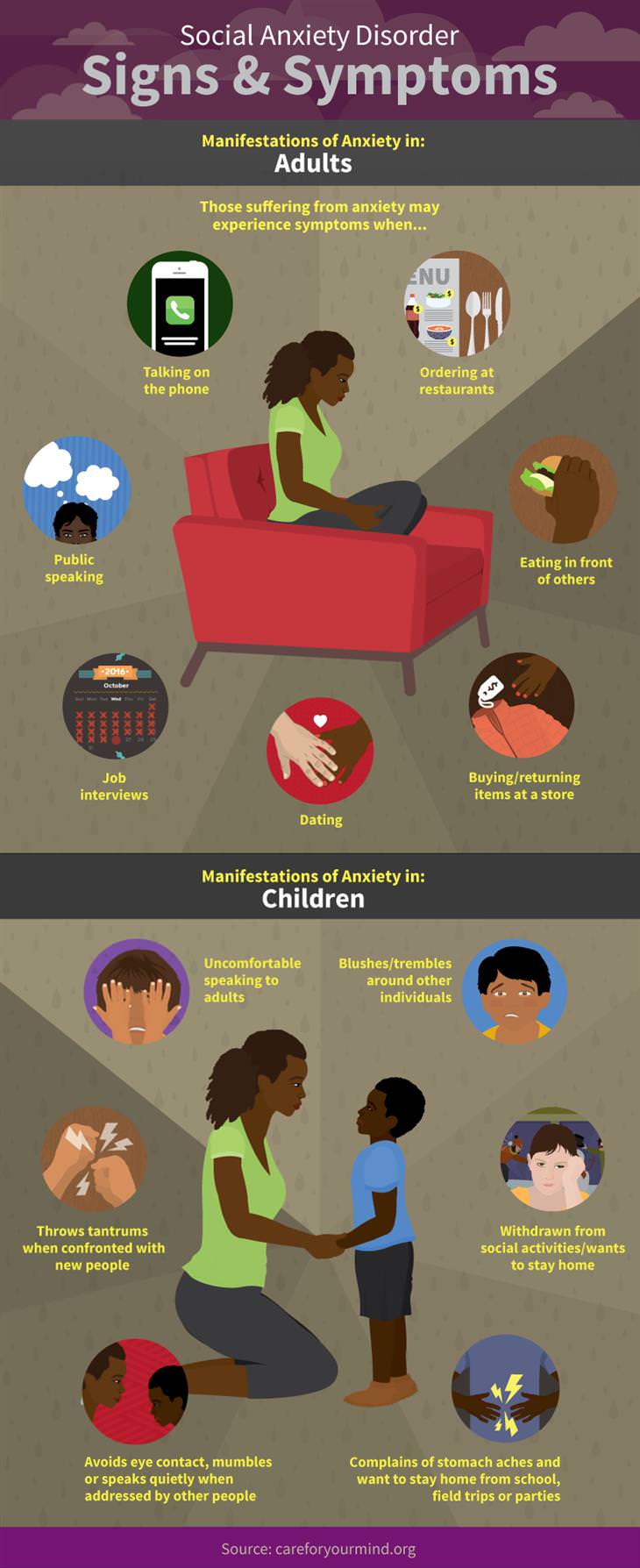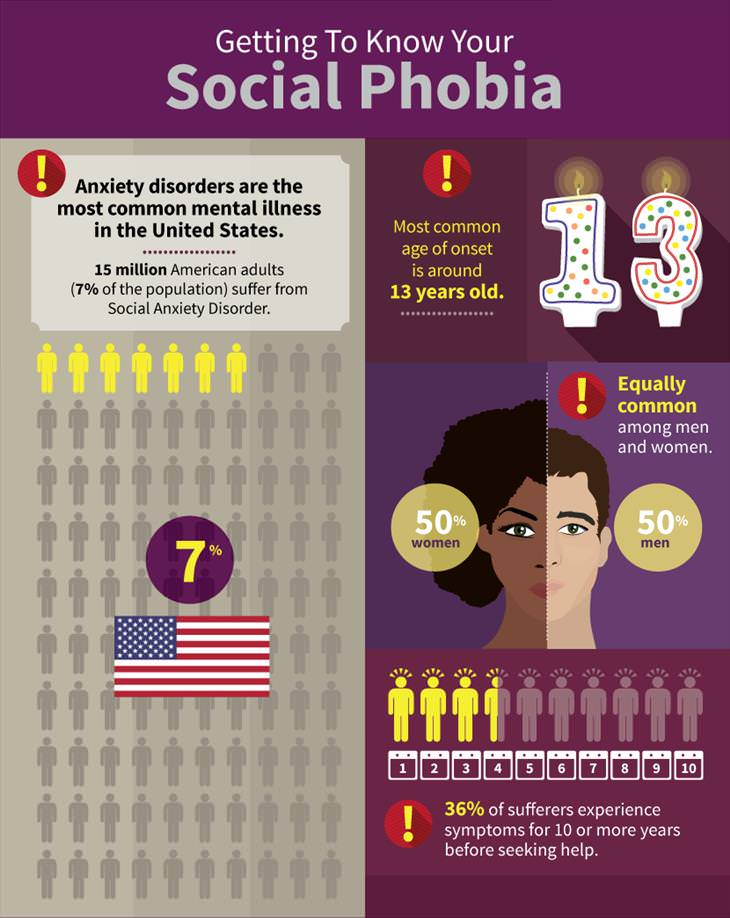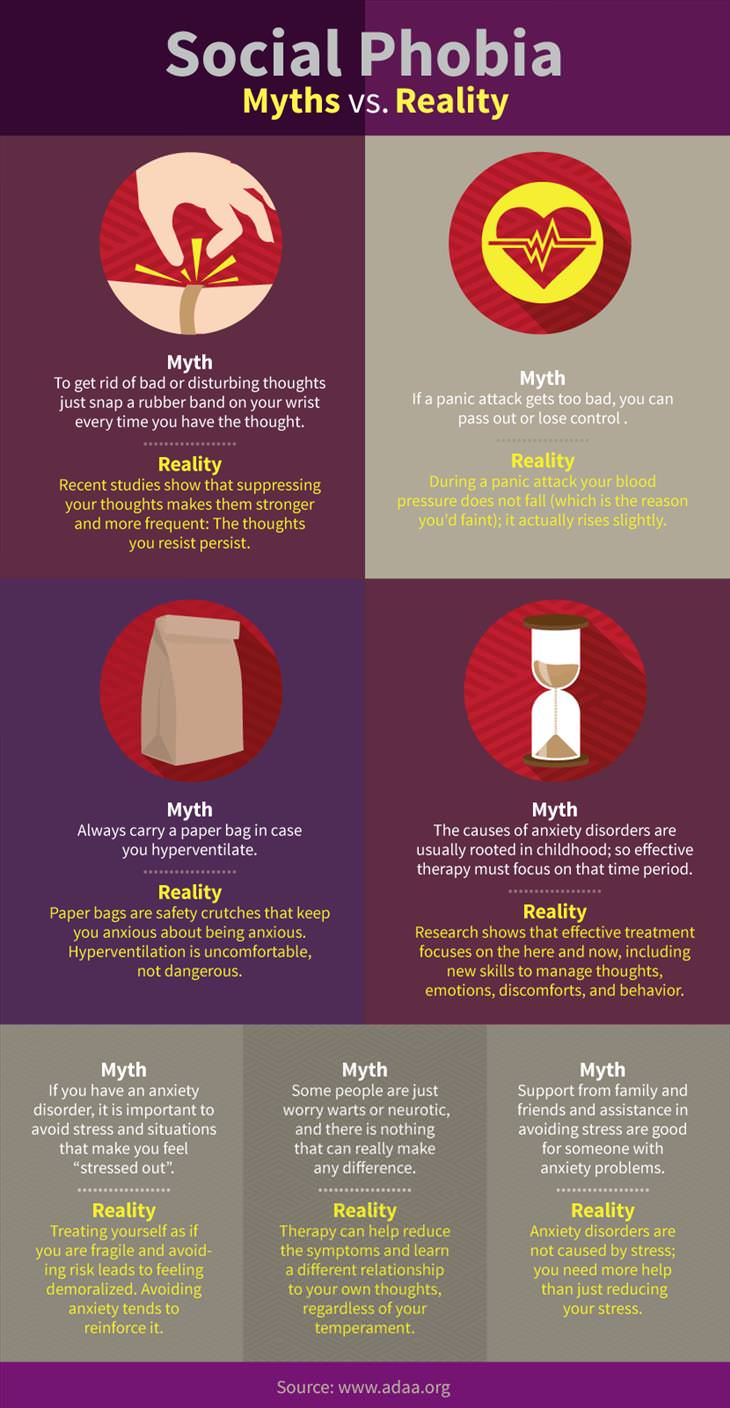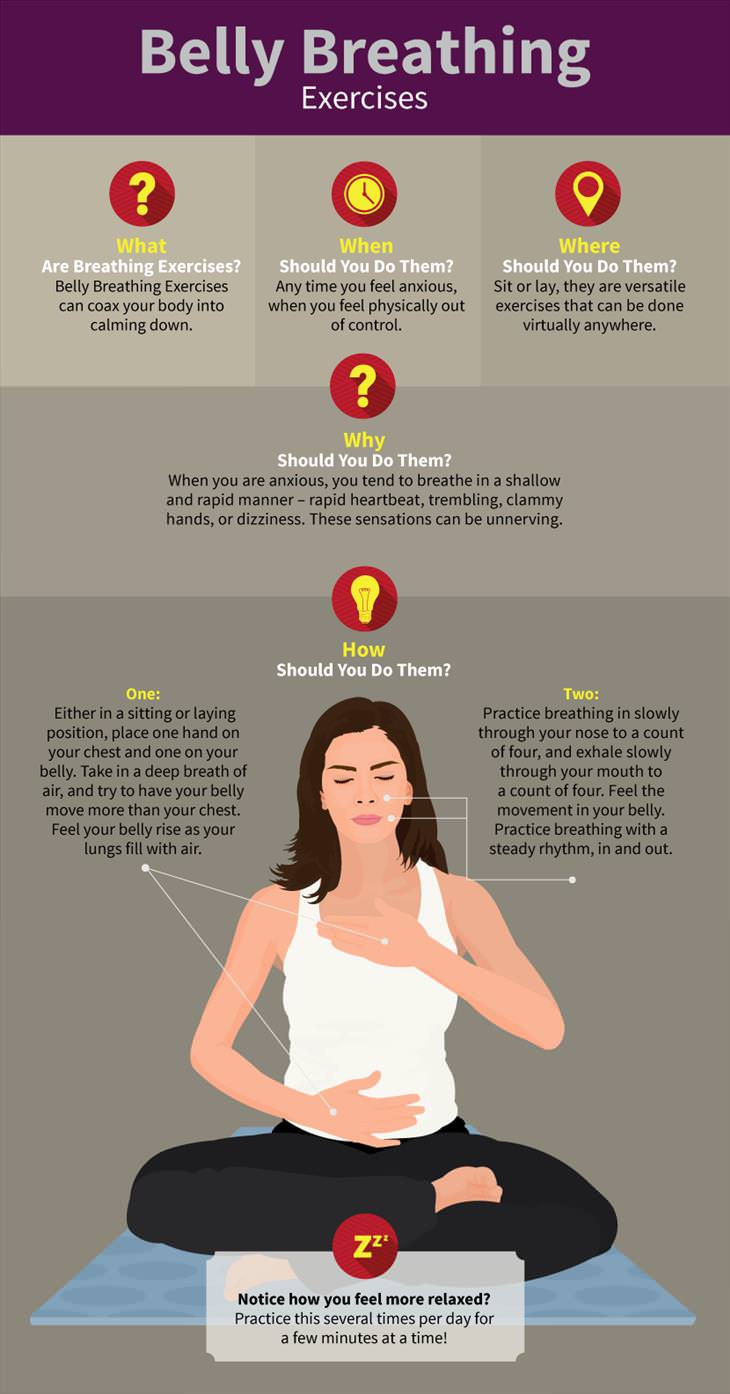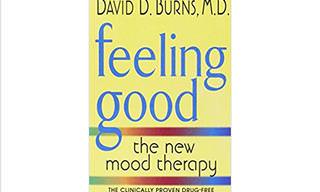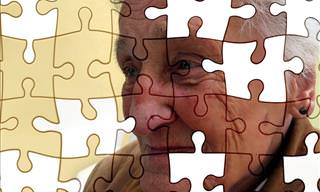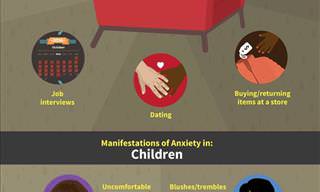There are instances where it is natural to feel anxious, such as in a big speech, a job interview or a first date. Yet while this may seem normal, for some, it's more than butterflies. If you tend to worry a great deal about what others think of you, then you are likely socially anxious. A socially anxious person would likely be uncomfortable returning items to a store, or ordering pizza over the phone. They also tend to avoid social gatherings and may have few, or possibly no close friends at all. Social anxiety disorder is one of the most common psychiatric disorders, second only to depression. It affects about 15 million American adults.
According to the Anxiety and Depression Association of America, social anxiety disorder is characterized by an extreme fear of judgment and scrutiny in social and performance situations. Nevertheless, this serious disorder can be treated.
Click on images to enlarge
1. This chart examines the signs and symptoms of social anxiety disorder, as well as the manifestations of anxiety in children. The symptoms of social anxiety disorder fall into three categories: mental, physical and behavioral. Physical symptoms tend to develop into blushing, sweating and shaking. Full blown panic attacks are also possible and not uncommon.
2. It may be a surprise to discover that social anxiety develops at such an early age. The most common age of onset is around 13 years old.
3. We all suffer from social anxiety, to some degree. But, how can you tell whether you have a problem? A good starting place is to ask yourself the following questions:
- Do you feel extremely uncomfortable in social situations?
- Do you consistently avoid social situations?
- Are you self-conscious and believe everyone is watching you?
- Do you constantly worry about what you do and say?
- Do you worry a great deal about doing something embarrassing?
- Do you worry for weeks before the dreaded situation?
- Do you critically analyze your own performance after the situation?
The more of these questions you answer “yes” to, the more likely it is you have social anxiety disorder. The chart below will help you distinguish the myths and the facts of social phobias.
4. What can you do? Rather than giving someone positive advice, such as, 'Don't worry, it's not a big deal,' opt for realistic thinking instead. For instance, if a friend is feeling anxious about an upcoming business lunch, because they may be afraid of what they are going to talk about, letting Jennifer know that she does 'OK' at these meetings, or giving her an example of a time she handles a meeting well, will help calm her nerves. Informing her that even if there's an awkward silence, it's not the end of the world, may also be a comforting thought for Jennifer. Another useful mechanism is this Belly Breathing exercise.
 Go to BabaMail
Go to BabaMail


